CHARLES J. WELSH began his anatomy and physiology teaching career upon graduating with a B.S. in Biology from the University of Pittsburgh in 1989. He entered graduate school in 1992 and continued teaching night classes. He accepted his first full-time teaching position at Clarion University of Pennsylvania in 1996. In 1997, he completed his Ph.D. in Comparative Anatomy, Evolutionary Biology, and Ornithology at the University of Pittsburgh. Teaching primarily in nursing and other allied health programs, he now brings his thirty years of classroom experience to the sixteenth edition of Hole’s Human Anatomy & Physiology. Since 2009, he has been teaching at Duquesne University in Pittsburgh, Pennsylvania. During this time, he has received several teaching awards, as well as the Mentor of the Year Award for training graduate students to teach anatomy and physiology. Chuck and his wife, Lori, have three children and three grandchildren. They live in the historic town of Harmony—thirty miles north of Pittsburgh—with their youngest son, where they raise chickens and have a huge garden.
CYNTHIA PRENTICE-CRAVER has been teaching human anatomy and physiology for over twenty-five years at Chemeketa Community College and is a member of the Human Anatomy and Physiology Society (HAPS). Cynthia has an appetite for learning, and her teaching experience—which spans grades 6–12 and higher education—fuels her desire to write. Her M.S. in Curriculum and Instruction, B.S. in Exercise Science, and extended graduate coursework in biological sciences have been instrumental in achieving effective results in the online and on-campus courses she teaches. Cynthia co-authored the Martin Laboratory Manual for Human Anatomy & Physiology, 4th edition and was a contributing author of the Hole’s Essentials of Human Anatomy & Physiology, 14th edition. Beyond her professional pursuits, Cynthia’s passions include reading and listening to books, attending exercise classes, walking/hiking outdoors, practicing Tai Chi, attending concerts, traveling, and spending time with her family.
DIGITAL AUTHORS
LESLIE DAY earned her B.S. in Exercise Physiology from UMass Lowell, an M.S. in Applied Anatomy & Physiology from Boston University, and a Ph.D. in Biology from Northeastern University. She currently works for Texas A&M University in the College of Medicine, where she teaches anatomy and neuroanatomy to dual major medical and engineering students. Leslie has won several university and national awards for her teaching, including the ADInstruments Sam Drogo Technology in the Classroom Award from the Human Anatomy and Physiology Society (HAPS). Her current research focuses on the effectiveness of technology and pedagogical approaches in an anatomy-based curriculum. She brings her love for anatomy and willingness to try new technology in the classroom, both in-person and online, to make for a dynamic evidence-based teaching style that is inclusive for all students. She is excited to bring this approach to the digital content for this book.
JULIE PILCHER began teaching during her graduate training in Biomedical Sciences at Wright State University, Dayton, Ohio. To her surprise, she found that working as a teaching assistant held her interest more than her research. Upon completing her Ph.D. in 1986, she embarked on her teaching career, working for many years as an adjunct in a variety of schools as she raised her four children. In 1998, she began teaching full-time at the University of Southern Indiana, Evansville. Her work with McGraw Hill began with reviewing textbook chapters and lab manuals and in content development for LearnSmart®. In her A&P course at USI, she used Connect and enjoyed the challenge of writing some of her own assignments. She later accepted the opportunity to be more involved in the authoring of digital content for McGraw Hill, understanding the importance of such content to both instructors and students.
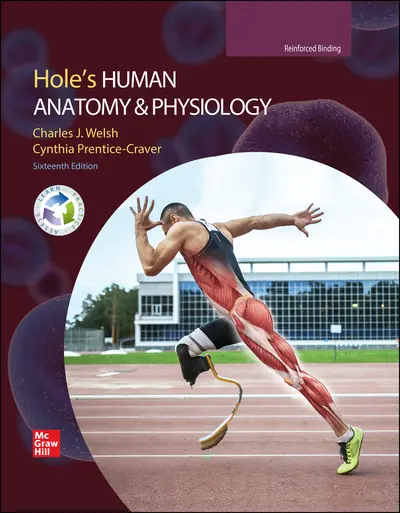




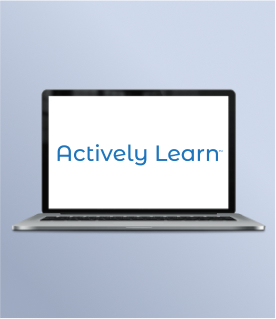





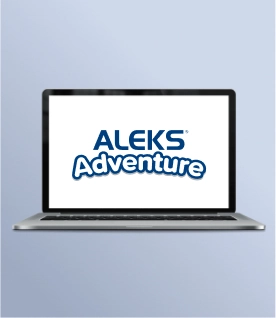
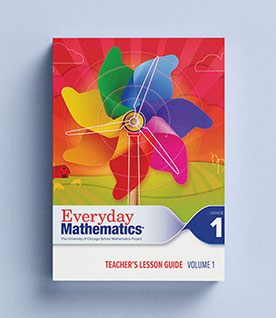

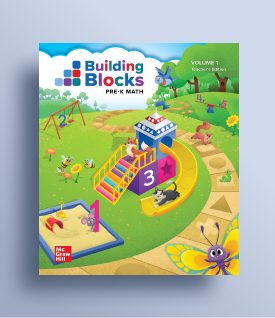















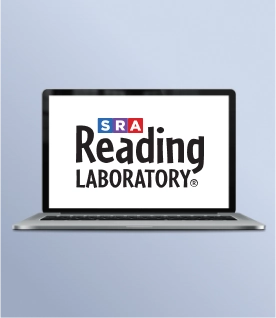











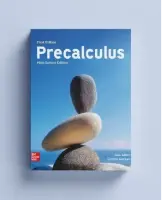

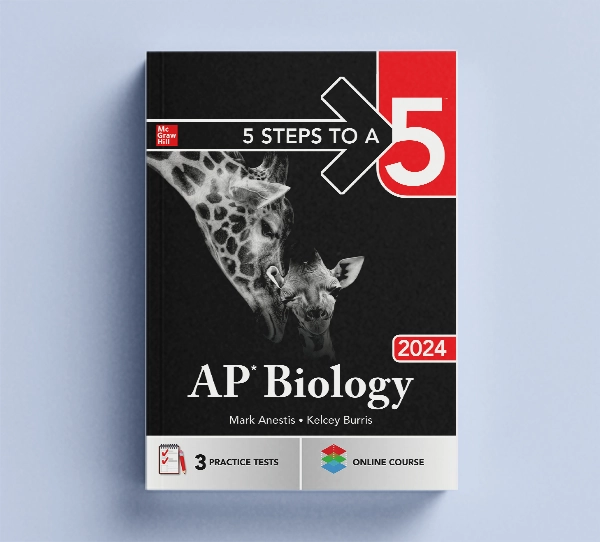
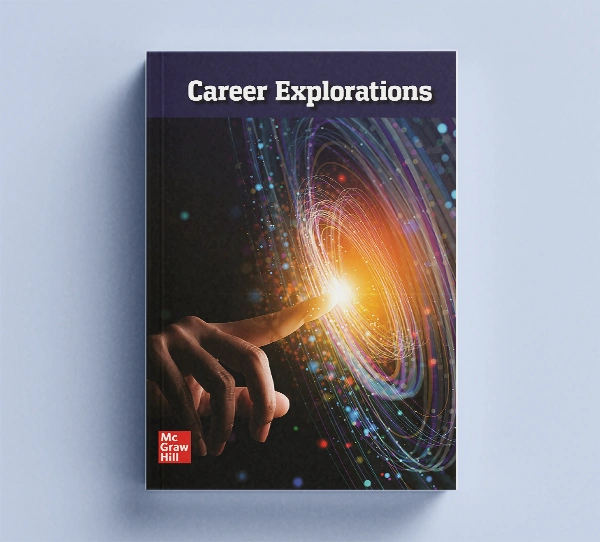


Social Studies
View all Social Studies Programs
IMPACT (K–5)
Actively Learn (3–12)
New Social Studies (6–12)
Networks (6–12)